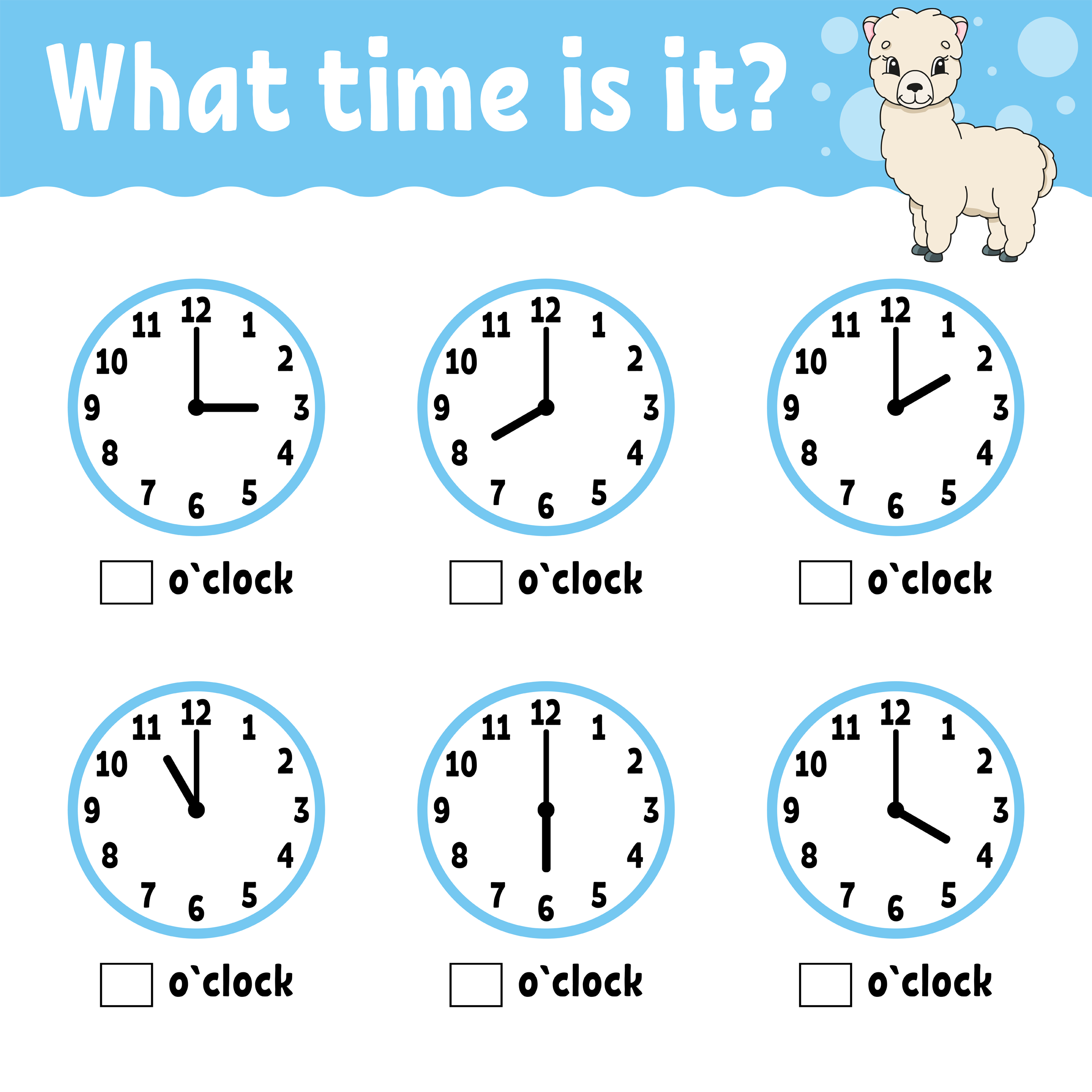
In the dynamic landscape of early childhood education, the pursuit of nurturing coordination skills in young learners stands as a pivotal endeavor. This quest resonates with educators, homeschooling parents, and individuals keen on providing effective support for their children’s developmental journey. As the realm of teaching methodologies evolves, one approach has emerged as a beacon of innovation and impact: the integration of activity sheets.
Within these deceptively simple resources lies a potent means to enhance coordination, refine fine motor skills, and stimulate cognitive growth in preschool students. In this comprehensive exploration, we delve into the manifold advantages of incorporating activity sheets into educational practices, presenting a comprehensive guide tailored to both educators and parents.
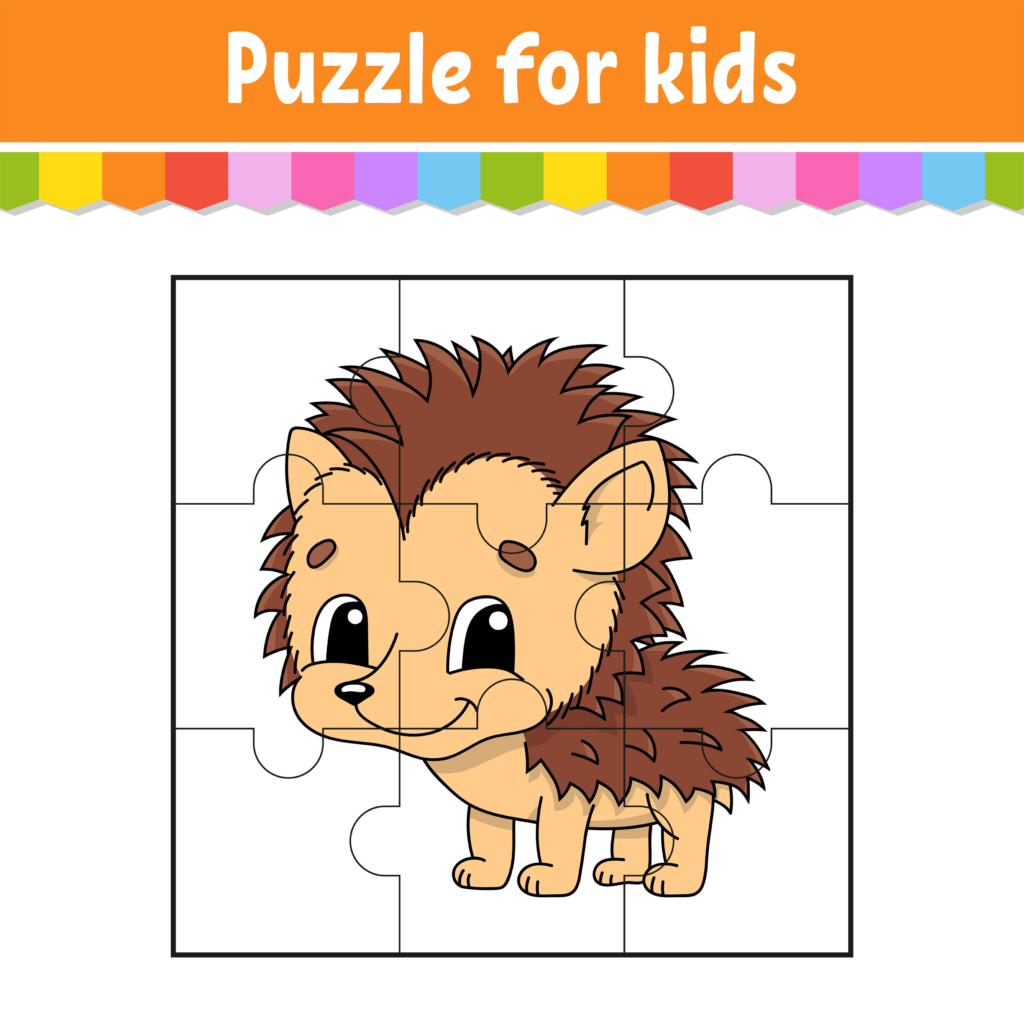
The allure of activity sheets resides not only in the tangible materials but in the transformative experience they offer. When young learners interact with thoughtfully crafted activity sheets, they embark on a voyage of exploration and growth, one that goes beyond the realm of traditional teaching methods. These sheets, seemingly unassuming in nature, possess the remarkable capability to intertwine creativity, engagement, and skill development into a harmonious tapestry. Through deliberate engagement with such resources, children embark on a dynamic journey that refines their coordination, hones fine motor skills, nurtures cognitive faculties, and kindles a love for learning.
Exploring the Benefits of Activity Sheets in the Classroom
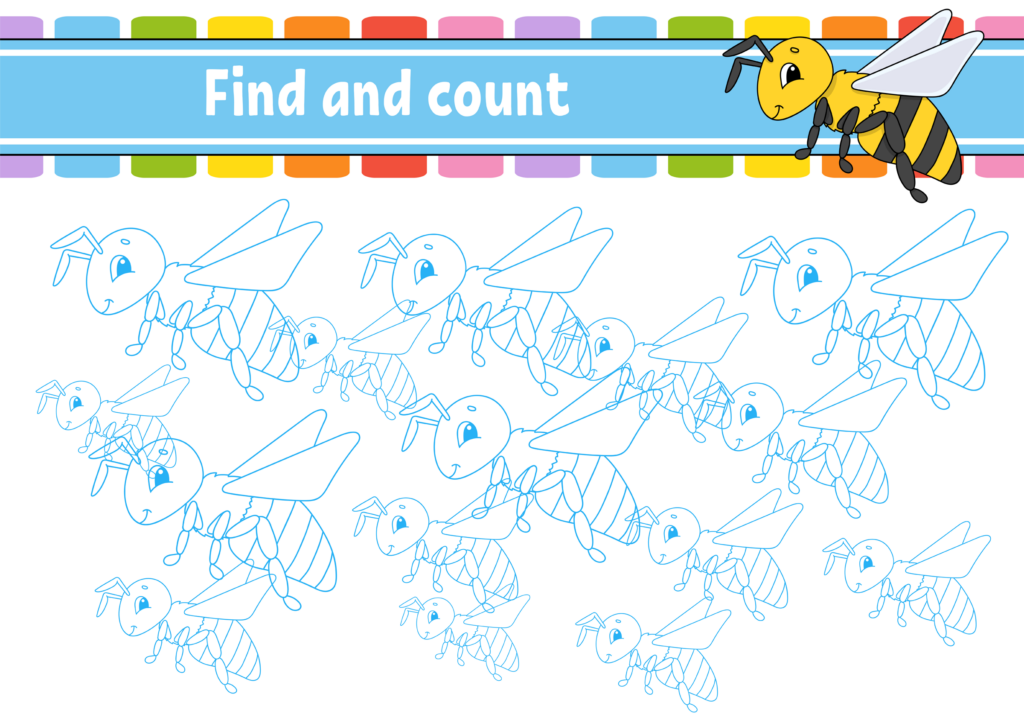
Activity sheets are more than just paper and crayons; they are vehicles of learning that combine creativity, engagement, and skill development. When young learners engage with carefully crafted activity sheets, they embark on a journey of exploration and growth. Some noteworthy benefits include:
- Fine Motor Skill Refinement: Activity sheets often involve tasks that demand precise hand-eye coordination, like tracing lines or coloring within boundaries. These actions stimulate the development of fine motor skills, an essential foundation for tasks ranging from handwriting to using utensils.
- Cognitive Engagement: These sheets are designed to be intellectually stimulating, promoting cognitive skills such as problem-solving, pattern recognition, and critical thinking. By deciphering puzzles or following instructions, young learners exercise their mental faculties in an enjoyable manner.
- Enhanced Focus and Attention: The captivating nature of activity sheets captures children’s attention and encourages sustained focus. This can be particularly beneficial for learners who might otherwise find it challenging to concentrate.
- Creativity Unleashed: Activity sheets often provide a structured starting point for creative expression. As children color, connect dots, or complete tasks, they have the freedom to infuse their unique flair, fostering imagination and self-expression.
- Boosting Confidence: Successfully completing an activity sheet instills a sense of accomplishment in young learners. This newfound confidence can extend beyond the activity itself, positively impacting their overall approach to learning.
- Introduction to Concepts: Activity sheets can introduce foundational concepts like shapes, colors, numbers, and letters. These early exposures lay the groundwork for more advanced learning in later stages.
- Preparation for School Tasks: As children progress to school, activity sheets mimic various tasks they’ll encounter in the classroom. This familiarity eases their transition and prepares them for academic challenges.
- Parent-Child Bonding: Engaging in activity sheets together can create quality bonding time between parents and children. This shared experience enhances communication and mutual understanding.
- Self-Directed Learning: Activity sheets encourage independent learning. Children can choose their sheets, work at their pace, and navigate challenges on their own, fostering autonomy.
- Fun and Playful Learning: Above all, activity sheets infuse learning with an element of fun. When children enjoy the process, their engagement and receptiveness to learning soar.
Best Practices for Effective Implementation
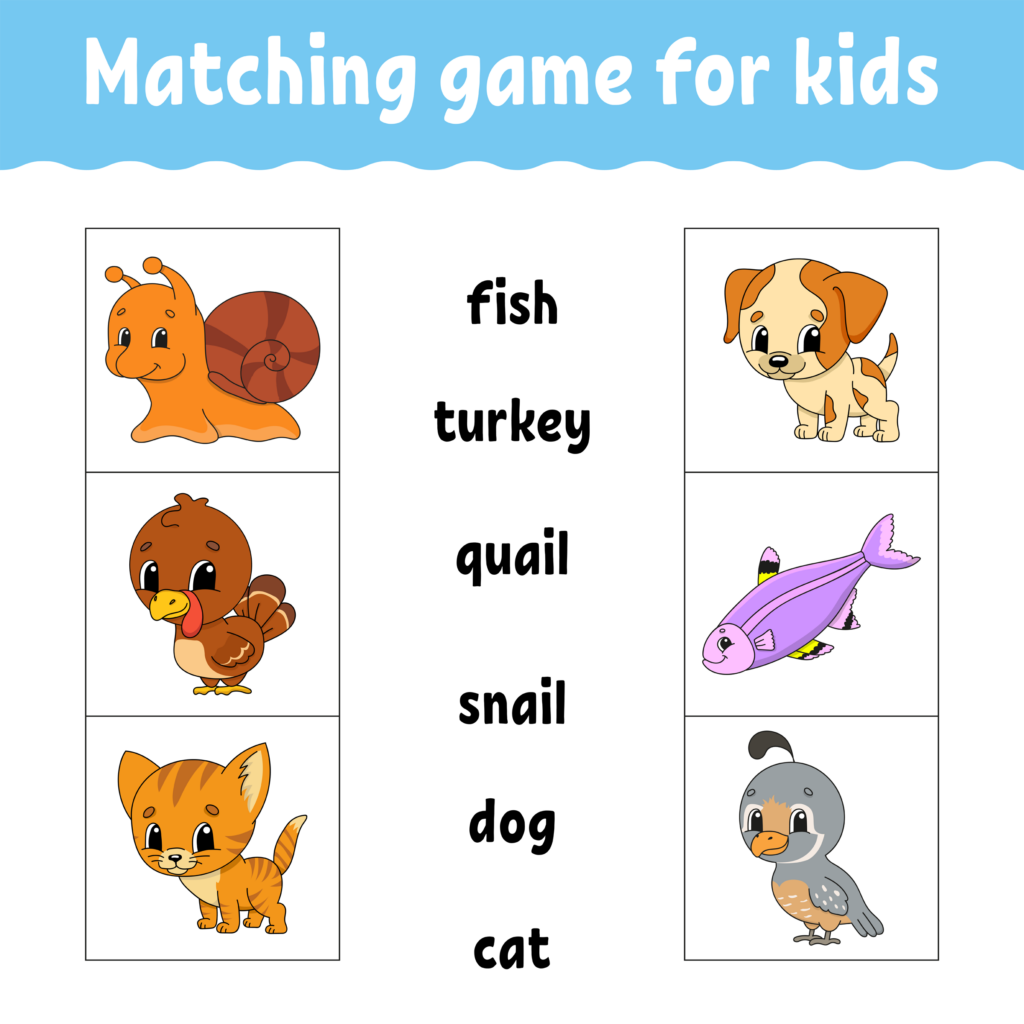
To harness the full potential of activity sheets, educators and parents can consider the following best practices:
- Diverse Activities: Introduce a variety of activity sheets to cater to different learning styles and interests. From coloring to tracing to connect-the-dots, diversity keeps young learners engaged and eager to participate.
- Gradual Complexity: Progressively increase the complexity of activity sheets as learners master basic skills. This gradual advancement ensures a sense of achievement and motivates continued participation.
- Interactive Exploration: Encourage children to explore beyond the paper. Incorporate hands-on elements like stickers, cutouts, or even simple crafts to make the experience more interactive and multidimensional.
- Encourage Reflection: After completing an activity, encourage students to reflect on what they’ve learned or accomplished. This self-awareness enhances the learning experience.
- Personalized Approach: Tailor activity sheets to individual learning needs. Some students might benefit from extra challenges, while others might need more guidance and support.
- Incorporate Themes: Align activity sheets with ongoing themes or subjects to reinforce classroom learning. This integration fosters a holistic understanding of concepts.
- Provide Positive Feedback: Acknowledge and celebrate students’ efforts and progress. Positive feedback boosts their confidence and enthusiasm for further engagement.
- Variety in Materials: Experiment with different materials such as colored pencils, markers, or even finger paints. This variety adds novelty and excitement to the activity.
- Create Collaborative Projects: Occasionally, have students work on collaborative activity sheets in pairs or groups. This encourages teamwork and communication skills.
- Continuous Exploration: Continuously explore new activity ideas and adapt them to suit evolving learning goals. Keeping the experience fresh maintains engagement.
Sample Lesson Plan for Preschool Students
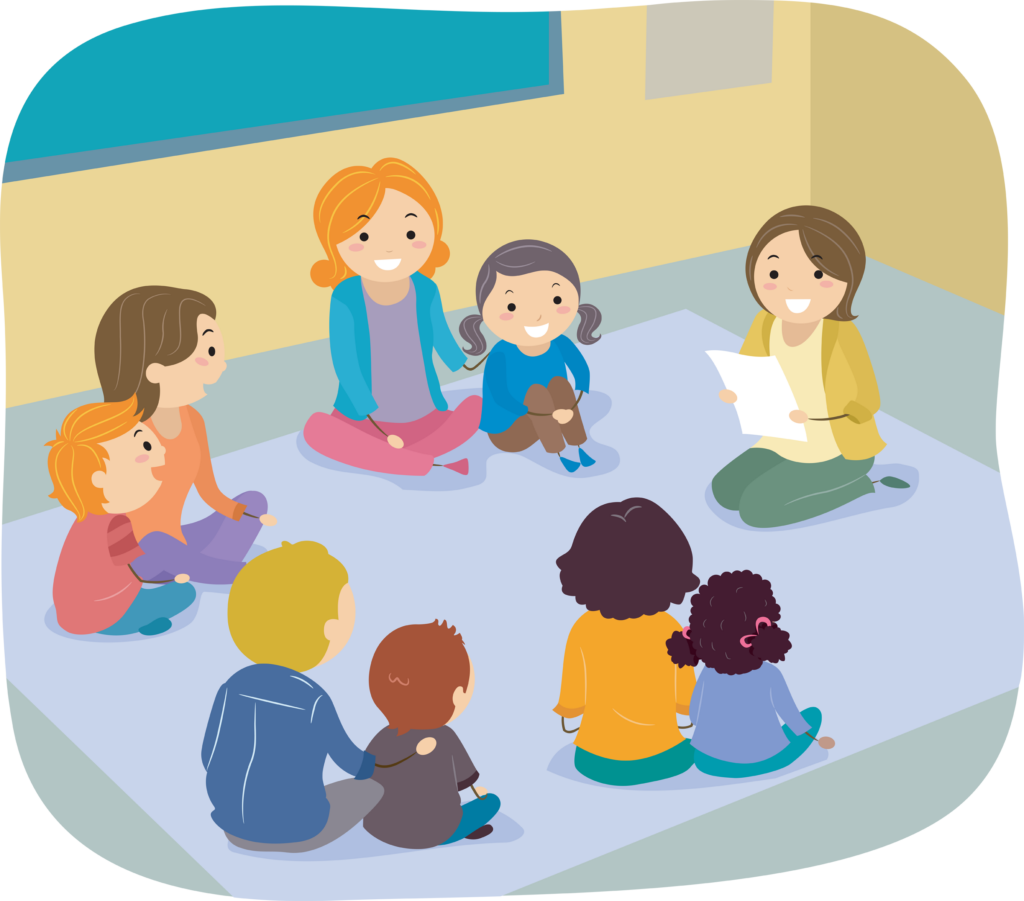
Here’s a sample lesson plan that integrates activity sheets to enhance coordination skills in preschool students:
Subject: Developing Hand-Eye Coordination through Shapes and Colors
- Introduction (5 mins): Begin with a brief discussion on shapes and colors. Show examples of different shapes and ask students to identify them.
- Activity Time (15 mins): Distribute activity sheets containing various shapes. Instruct students to color the shapes using specific colors and follow the lines precisely.
- Group Discussion (10 mins): Engage students in a group discussion about their favorite shapes and colors. Encourage them to describe the coordination challenges they faced during the activity.
- Hands-On Extension (10 mins): Provide cutouts of shapes and ask students to create a simple collage using the cutouts. This tactile experience reinforces coordination skills.
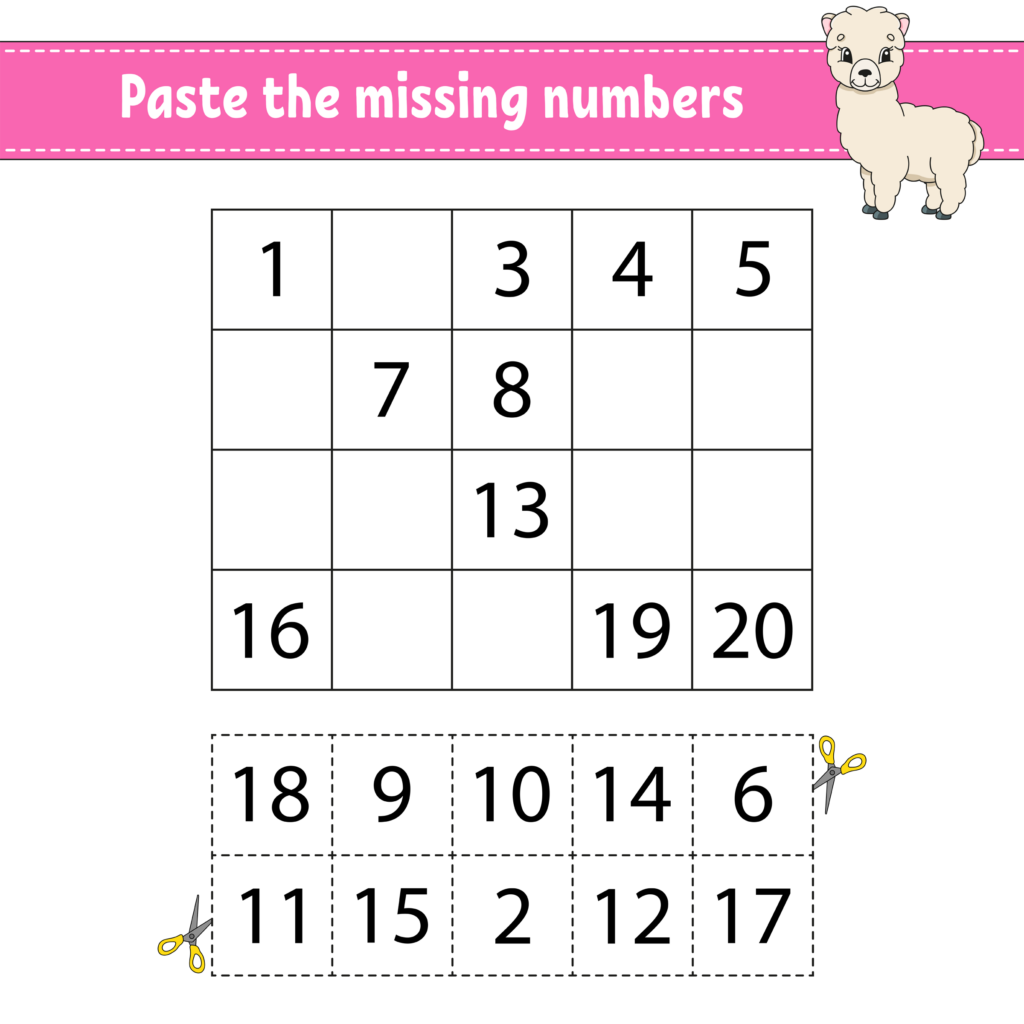
As we draw the curtains on this exploration, the profound potential of activity sheets to elevate young learners’ growth and development shines resplendently. The fusion of creativity, engagement, and skill refinement casts activity sheets as catalysts for lifelong learning. From the nuanced enhancement of fine motor skills to the intricate web of cognitive engagement they weave, activity sheets stand as versatile tools that enrich a child’s educational journey.
To further extend this journey, we invite you to delve into the abundant wellspring of educational resources available through Clipart’s repository at schools.clipart.com. There, you’ll discover a trove of meticulously curated educational activity sheets poised to spark curiosity, ignite imagination, and propel young minds forward. As you navigate this digital haven of possibilities, remember that the magic of activity sheets doesn’t merely lie within their physical forms; rather, it emanates from the boundless horizons they unlock in the hearts and minds of our budding learners.
With activity sheets as your guide, you empower young learners to navigate the realm of coordination and growth, fostering an enduring love for learning and the foundational skills they’ll carry throughout their educational journey. Embrace the transformative potential of activity sheets, and watch as the journey of exploration, enrichment, and education unfolds before your eyes.
Top 5 Educational Activity Sheets to Explore with Students
1. Fine Motor Skills Unleashed! ✂️🌟
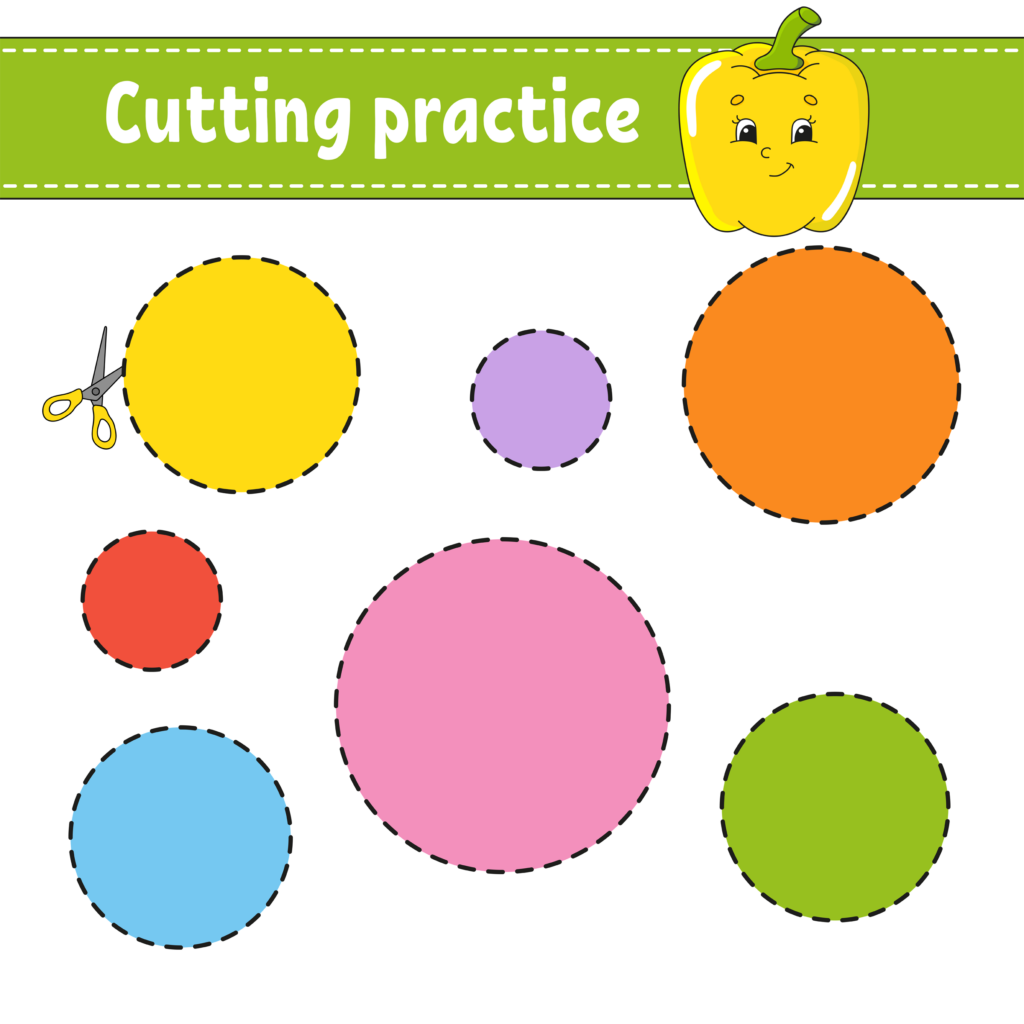
Sharpen those motor skills with this engaging cutting practice activity. Let little hands navigate the scissors and pave the way for precise control. Try it out!
2. Jungle Adventure Awaits! 🐵🌴
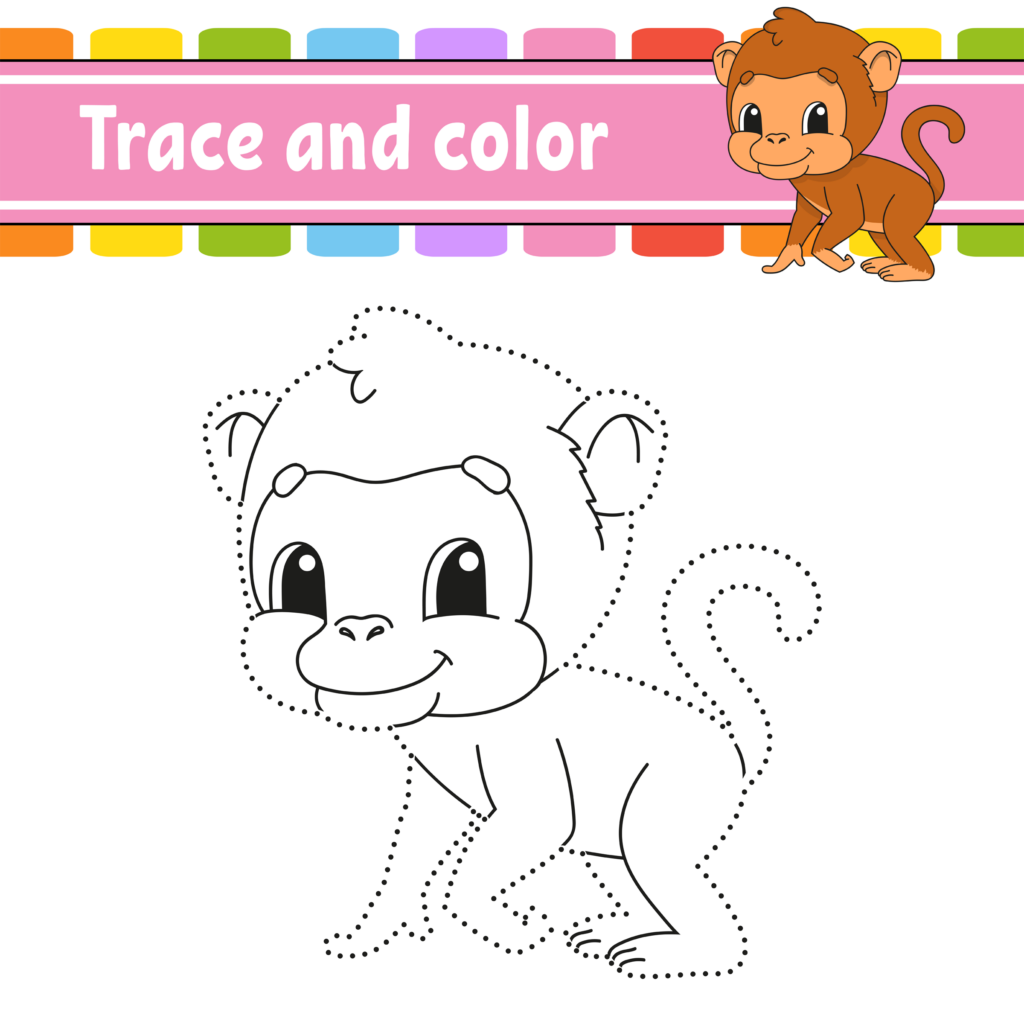
Embark on a colorful journey with this monkey-themed trace and color activity. From tracing lines to adding vibrant hues, creativity knows no bounds. Try it out!
3. Big or Small? Let’s Compare! 📏🔍
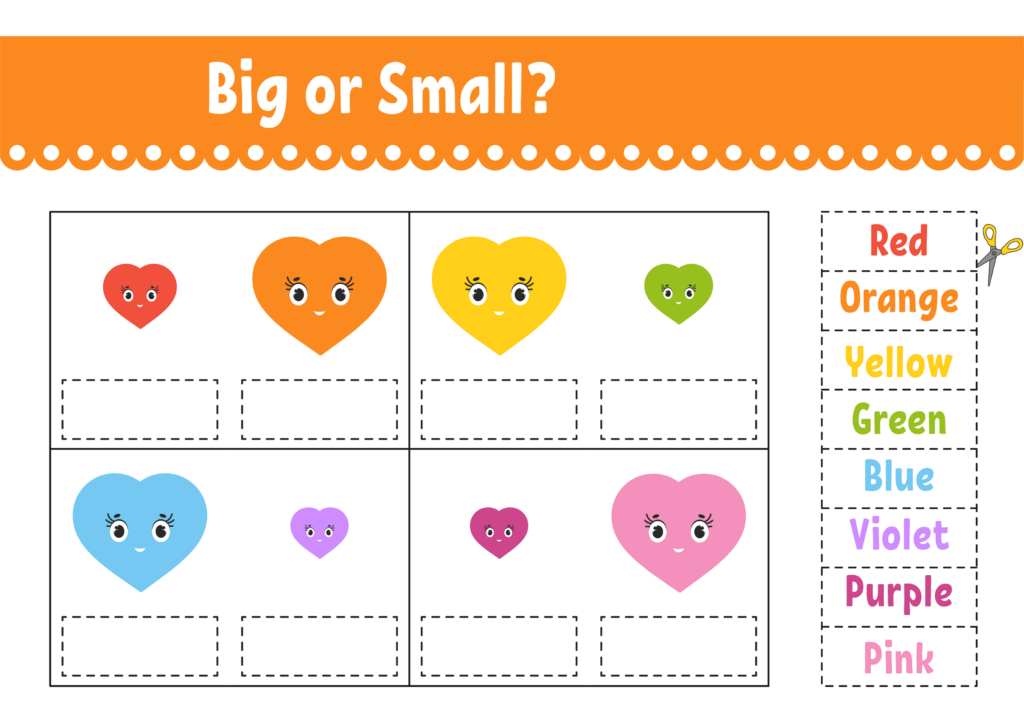
Dive into the world of sizes with this activity. Uncover the magic of comparing objects and grasping spatial relationships. Try it out
4. Festive Handwriting Delight! 🎄✍️
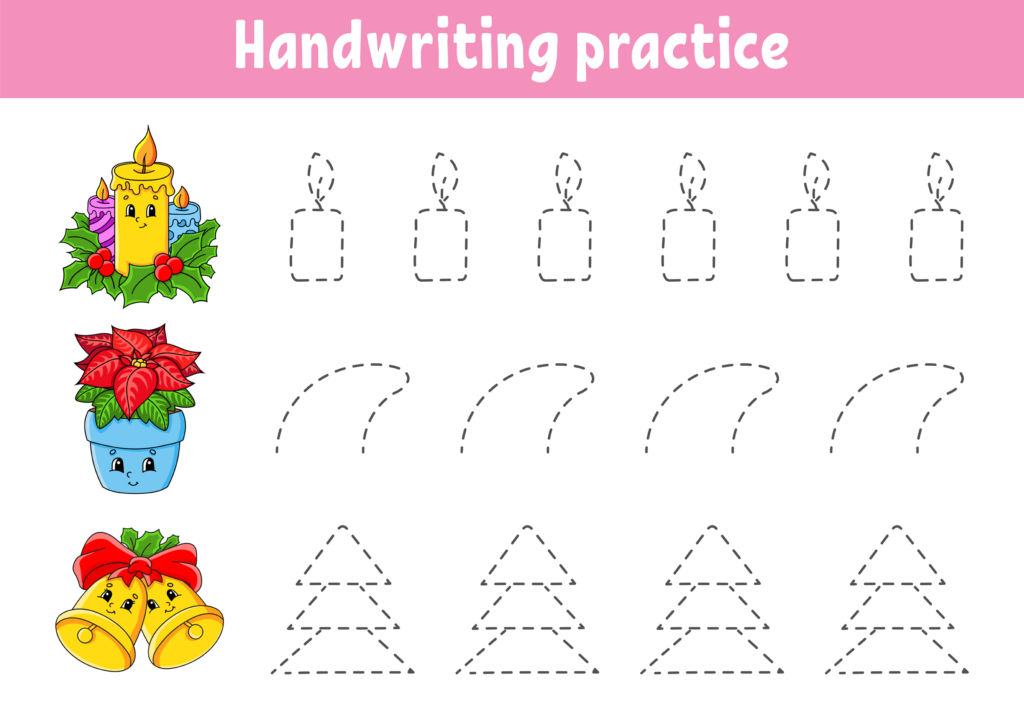
Combine the joy of the holidays with handwriting practice. Let the spirit of the season guide your pen as you trace and write festive words. Try it out!
5. Mastering Numbers: Trace and Write 1-5! 1️⃣➡️5️⃣
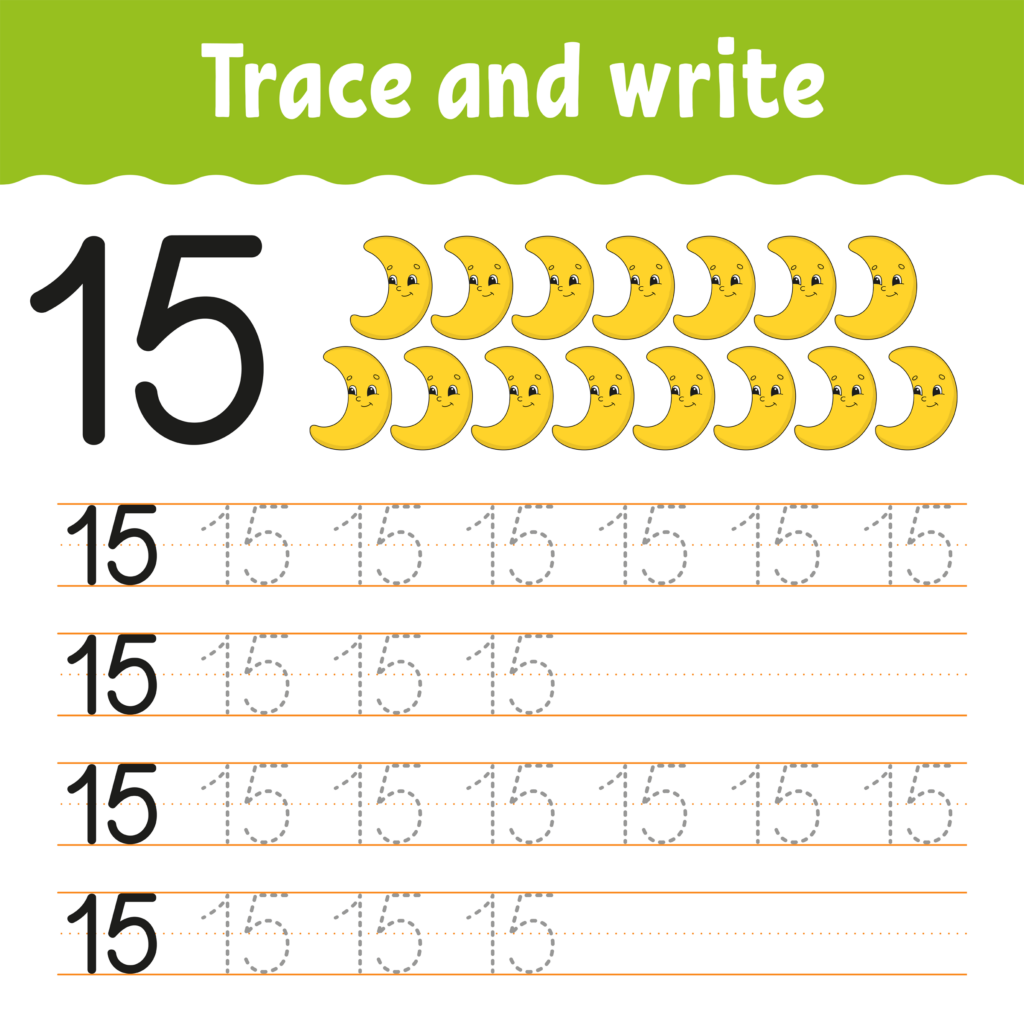
Explore the world of numbers as you trace and write the mighty 15! Develop number skills with this interactive activity. Try it out!




